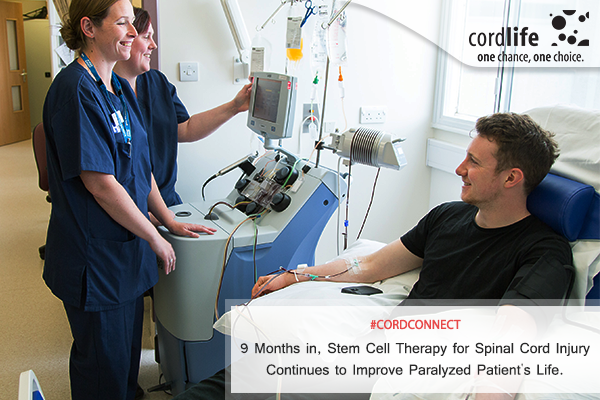Table of Contents
Asterias Biotherapeutics is a biotechnology company, which is dedicated to regenerative medicine. Recently they have launched a new medicine AST-OPC1 that offers embryonic stem cell based treatment for patients with spinal cord injuries. The medicine was under trail for a while and now it has been declared completely safe and highly effective for patients with spinal cord diseases.
The trial involved injecting the medicine into the affected area and patients showed improvement in their upper body function within 3 to 6 months after the therapy. Asterias Biotherapeutics conducted a press release in June, 2017, in which they have clearly stated the effectiveness of the medicine. It also recorded the detailed results after 9 months of the trial.
It was conducted on 6 patients. Each one of them received an injection of 10 million AST-OPC1 cells after 2 to 4 weeks of their injury. After 9 months, it had been noticed that all the patients showed improvements in their finger, arm, and hand movements.
Spinal cord injuries affect more than 17,000 people around the world every year. With the announcement of AST-OPC1, certainly they now have hope to restore their upper body movements. Dr. Edward Wirth, Chief Medical Officer of the trial said, “The new efficacy results show that previously reported meaningful improvements in arm, hand and finger function in the 10 million cell cohort treated with AST-OPC1 cells have been maintained and in some patients have been further enhanced even 9 months following dosing.”
Coming back to the trial, it involved patients who were suffering from severe spinal cord injuries in the neck that resulted into lack of feeling and loss of neck down upper body movement. The team at the Asterias Biotherapeutics quantified the results of the therapy by referring them as “motor levels” of improvements. These motor levels were associated with different levels of movement abilities. In the press release, the team confirmed that restoring the movement abilities, “can result in lower healthcare costs, significant improvements in quality of life, increased ability to engage in activities of daily living, and increased independence.”
After 9 months of clinical trial, the researchers at the Asterias confirmed that 50% of the patients (3 out of 10 patients) showed two motor levels of improvement. And all the 6 patients involved in the trail, showed at least one motor level of improvement. However, some of the experts might say that recovery from spinal cord injuries is possible without stem cell therapy. This is true. But no other study or therapy showed patients regaining their two motor levels of improvement within 9 months of the treatment.
Earlier data from 62 untreated patients showed that 29% patients got back two motor levels of improvement with 1 year whereas AST-OPC1 promises massive improvements within 9 months. Dr. Edward Wirth also confirmed it when he said, “We are increasingly encouraged by these continued positive results, which are remarkable compared with spontaneous recovery rates observed in a closely matched untreated patient population.”
Two motor levels is equivalent to higher quality life. For any person suffering from spinal cord injuries or upper body paralysis, achieving two motor levels is a dream and with AST-OPC1 it does not seem a distant dream at all.
